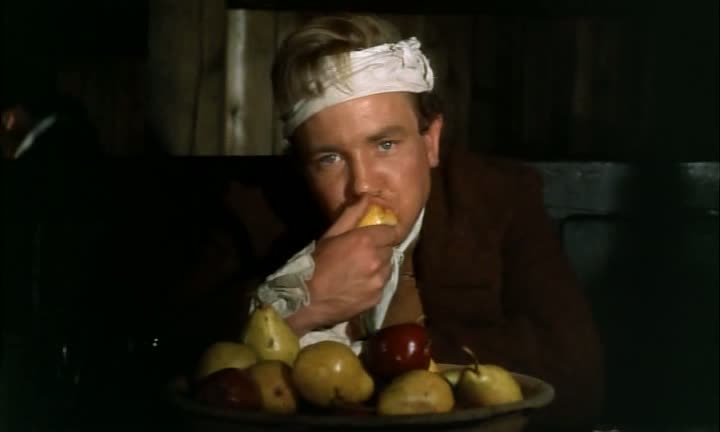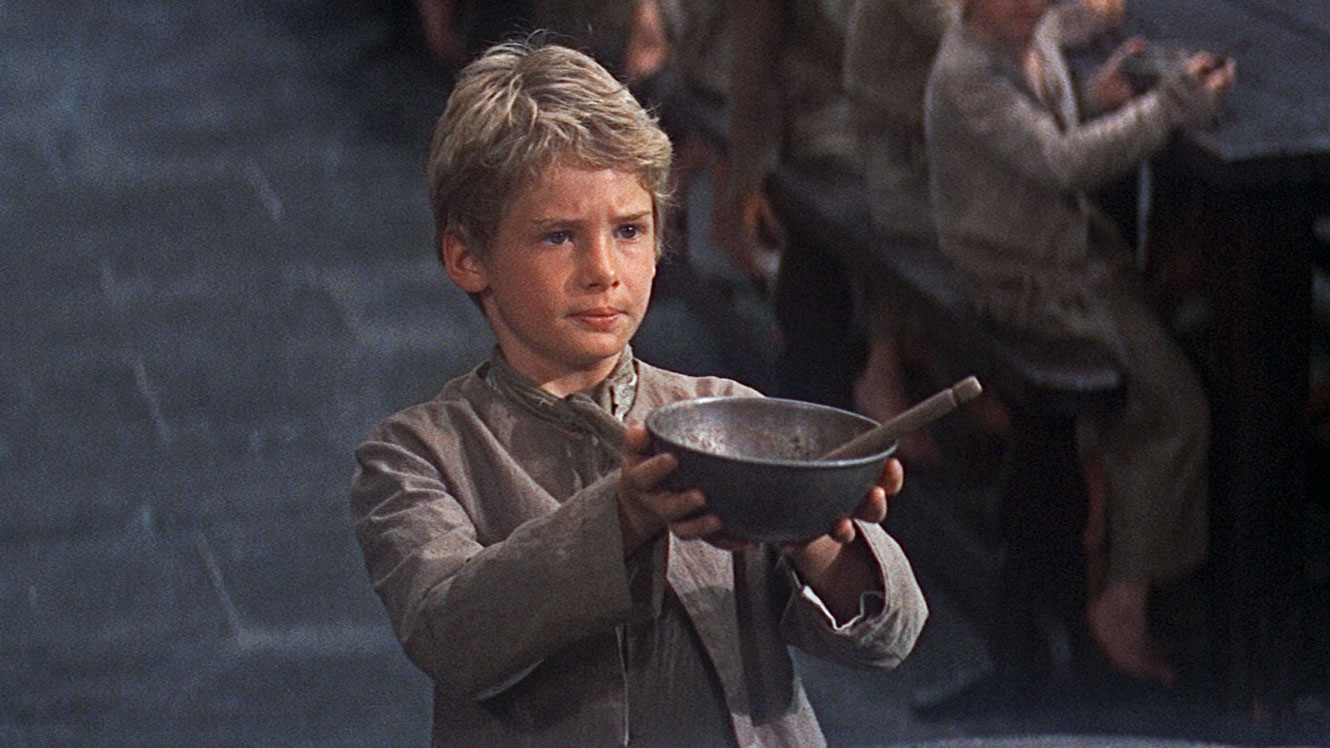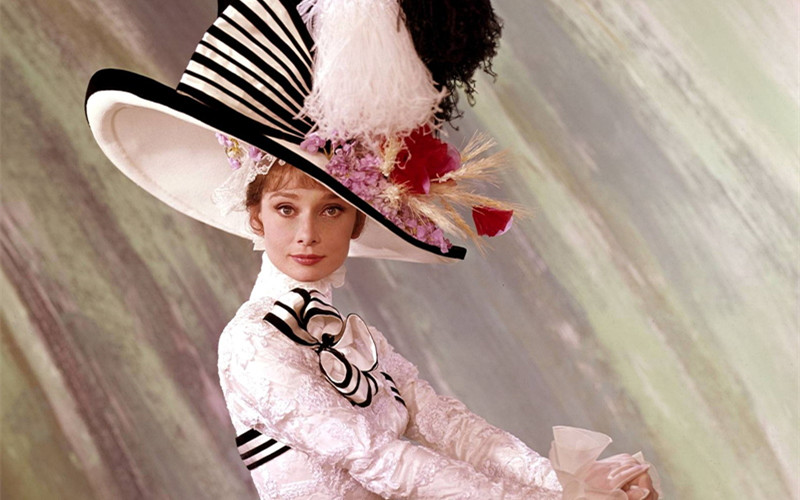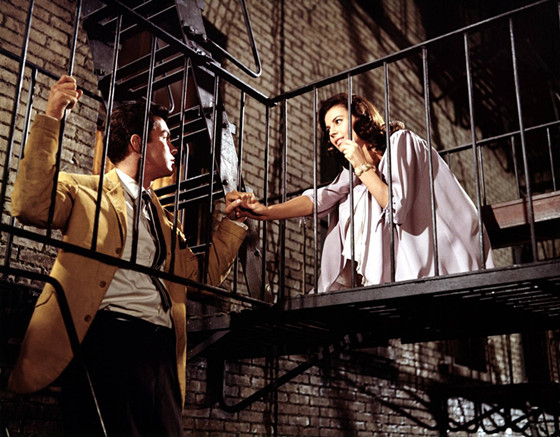
The Cuban Missile Crisis, Vietnam, JFK, Woodstock, the Civil Rights movement, the British invasion. Today, we’re talking all things Sixties — a transformative decade where television, counterculture, the sexual revolution, and civil unrest turned pop culture upside down. Hollywood found itself amid an awkward but vital transition that saw the industry abandon the old-school studio system inherited from the Golden Age in favor of a new auteur-driven business model inspired by European cinema that would take hold and come to define the entire cinematic landscape of the 1970s.
Bona fide classics were being dropped left and right, with both American and international directors constantly experimenting with style and form to take full measure of the boundless possibilities of the medium. Landmark films revered today as untouchable masterpieces did not always manage to rally enough critical support to win the Oscar for Best Picture. For the most part, it was lavish musicals and big-budget studio tentpoles that dominated the big prize from 1960-1969, evidencing how passé and increasingly tone-deaf Hollywood’s premiere awards ceremony had become. Anyhow, here is our ranking for every Best Picture winner from the 1960s, ranked from worst to best.
10. Tom Jones (1963)

Though not quite in contention for the crown for worst Best Picture winner of all time — that dubious honor would have to go to one of “Crash”, “Cimarron” and “Driving Miss Daisy” — there is a strong argument to be made for Tony Richardson’s picaresque period comedy, based on Henry Fielding’s 1749 novel, as being one of the most baffling and inherently bizarre choices picked for the Academy’s most prestigious award.
Though a box office juggernaut that earned critical raves and won over audiences for its tongue-in-cheek humor, irreverent tone, and star-studded ensemble cast, the harsh truth is that this cheeky but plodding Don Juan retelling starring Albert Finney as the titular skirt-chasing Casanova shows its age from a vantage point more than 60 years on. The fourth-wall-breaking gimmicks sprinkled throughout the story may have seemed novel at the time, over a decade before Woody Allen would deploy it to hilarious effect in his own Best Picture-winning “Annie Hall”, but the effect has since worn off — ditto to the film’s deconstruction of the usual hallmarks and tired clichés often found in prestige costume dramas (a theme echoed and improved upon 12 years later in Stanley Kubrick’s “Barry Lyndon”).
All in all, the film that gave the famous Welsh singer its namesake isn’t exactly what you’d call a brisk sit: It feels way longer than Fellini’s “La Dolce Vita” (which took home Best International Feature honors during the same ceremony), despite actually being almost an hour shorter.
9. Oliver! (1968)

As the rise of television, increasingly out of control budgets, and a strong independent scene threatened to dismantle Hollywood’s reeling studio system during the swinging 1960s, the Academy’s old guard had no option but to turn its gaze to one of the most reliable, old-fashioned, and escapist of all genres: The musical.
Almost half of the lucky ten titles that hit the Oscar jackpot from 1960-1969 were of the bloated, overstuffed variety, with the worst of the bunch being Carol Reed’s soporific 6-time winner, based on the eponymous Charles Dickens novel, which may have gone the distance in the historically weak Best Picture race of ’68 but plays today like the cinematic equivalent to watching 10 hours of paint drying on a brick wall.
Come for the maximalist scope, exuberant 19th century set pieces, misty-eyed underdog tale and Carol Reed’s sure-handed direction, but don’t be surprised if you find your patience thoroughly tested by the time the umpteenth musical number rolls out. Highlights include the ever-reliable Oliver Reed as Bill Sikes and Ron Moody in his devilish best as the roguish Fadin, though a few spurts of brilliance here and there are unfortunately not enough for the film to stick to the memory. Half a century later, “Oliver!” has all but faded into obscurity as a meager footnote in Oscar trivia that inexplicably came out on top in the same year as “2001: A Space Odyssey”, “Rosemary’s Baby”, and “Faces”, neither of which even made the Best Picture shortlist (shame on you, Academy voters!).
8. My Fair Lady (1964)

Your personal enjoyment of this lush, 8-time Oscar-winning Audrey Hepburn vehicle will rest almost entirely upon your ability and/or willingness to brush off some of the film’s most glaringly problematic elements. The fact that the bulk of the narrative in George Cukor’s “My Fair Lady” hinges on Hepburn’s journey of self-actualization from unsophisticated lower-class flower girl to respectable high society gal with the aid of an insufferable, misogynist phonetics guru (Rex Harrison) is less than ideal — to put it quite frankly, 60 years later, the ending plays less as an inspirational climax than a disturbingly creepy narrative U-turn that undermines most of her character’s growth.
Yet again, skip the whole thing and you’ll be missing out on an impossibly radiant Audrey Hepburn at the top of his star power chewing up the scenery and showcasing her sparkling charisma while wearing ornate dresses and increasingly ostentatious gowns. Take the film as a poignant reminder of how we used to have proper Stars with capital-S who could carry three-hour movies on their shoulders and turn stodgy snoozefests like this into bona fide cultural phenomena you watch over and over on cable.
7. A Man for All Seasons (1966)

Would you be willing to lay down your own life and stand up for your convictions in the face of evil and corruption? That is the intriguing conceit at the core of Fred Zinneman’s 1966 period drama based on a stage play by Robert Bolt.
The moment in time is 16th century England, where prolific womanizer King Henry VIII (Robert Shaw) is cooking up a legal loophole that will have his first marriage to Catherine of Aragon annulled, even if it means coming to blows with the Pope and the entire Church. The only man brave and fool enough to stand in his way? Sir Thomas Moore (Paul Schofield), a heroic martyr literally risking his neck for what he feels is the right thing to do.
Renowned critic Pauline Kael had a field day tearing “A Man for All Seasons” to pieces in her review, which she felt was “aimed at 12-year-old intellectuals and idealists”. But director Fred Zinneman would have the last laugh, though, after blowing by the competition on his path to Oscar glory while the film took home 6 Academy Awards including Best Picture, Best Director, and Best Actor for Shaw. Your mileage will surely vary, but the film is worth checking out today if for no other reason than to see Orson Welles steal the show as Cardinal Wolsey.
6. West Side Story (1961)

A massive barn burner at the box office that turned out to be the top-grossing movie of 1961, this dazzling musical stage adaptation co-directed by Jerome Robbins and veteran Hollywood stalwart Robert Wise set the industry aflame and made such a splash that it not only walked away with a whopping 10 Academy Award wins, but came just short of giving Steven Spielberg his second Best Picture triumph almost 60 years later when the director helmed its remake in 2021.
Though his rendition of the Broadway musical is nothing to scoff at, it’s safe to say that the original still stands on a league firmly on its own and continues to be a guidepost today in how to create a dynamic, engaging, and well-crafted movie that more than delivers in style, chutzpah, and old-reliable romance pyrotechnics.
The Shakespearean tale of a couple of star-crossed love birds caught in a vortex of conflicted loyalties doesn’t try to reinvent the wheel and fits squarely within the Academy’s standards but rarely hits a bad note. Admittedly, the misguided casting of Natalie Wood as a fresh-faced ingénue of Puerto Rican descent playing Juliet to Richard Beymer’s Romeo has aged like milk, but the sheer level of craftsmanship involved is so unbelievably high that by the time that iconic opening sequence sweeps you off your feet one has no option but to surrender to the film’s infectious charm and bask in the radiant Technicolor cinematography by Daniel L. Fapp.